9 best plants that grow back every year
These are the best perennials to grow in your yard
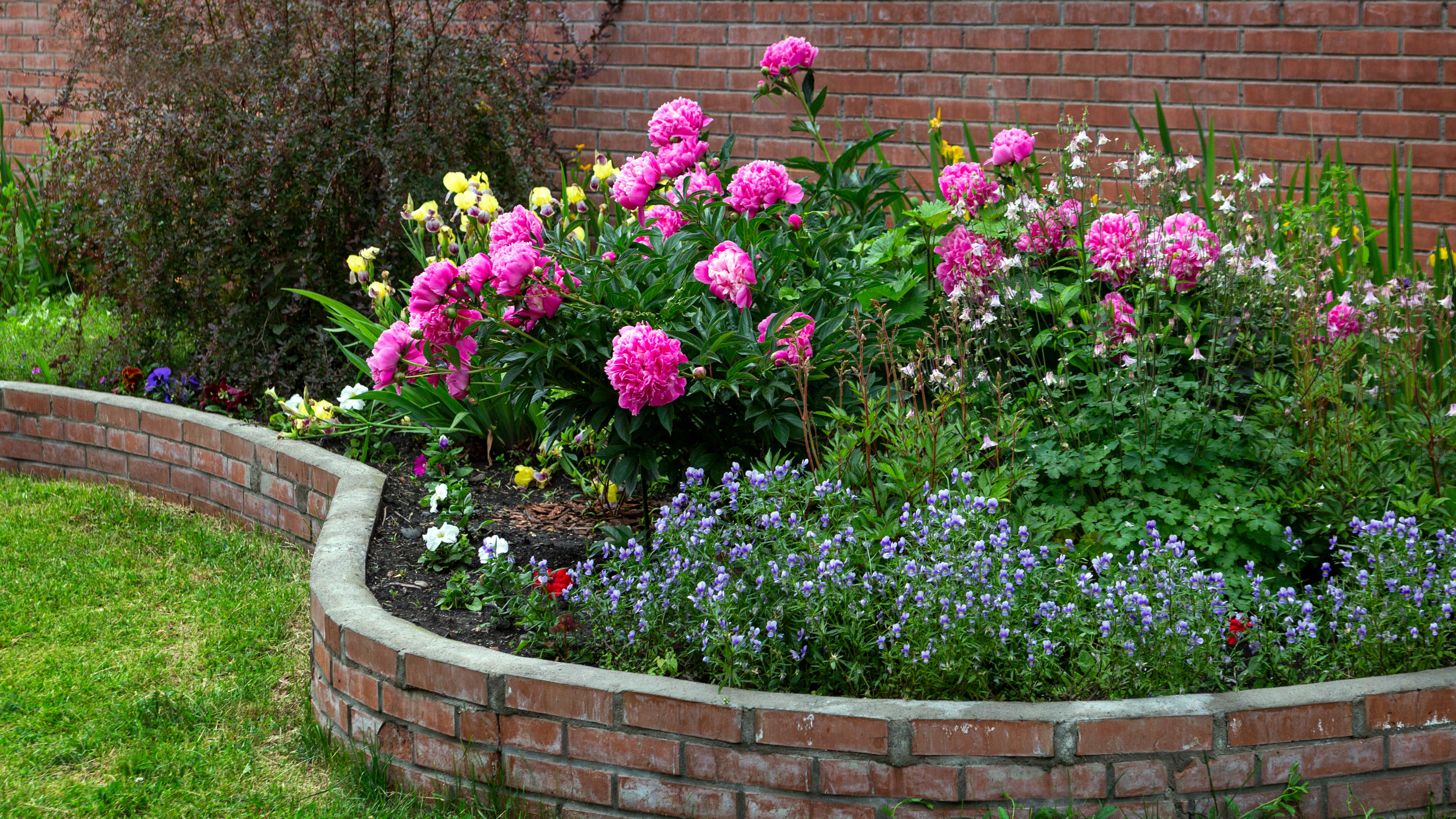
It’s always sad to see plants dying back come fall. Annuals will only have a limited time to bloom in your yard, with most failing to survive the harsh winter conditions. It’s for this reason that our flower beds can look pretty bare at this time of year, unless you’ve planted the 7 best winterproof plants to survive the cold. The good news is some plants can endure the cold winter months, and continue blooming the following year — we’re of course talking about perennials.
By planting perennials in your yard, you can bloom vibrant displays year-on-year. While this type of plant will still die back in the colder months, the roots will rest until conditions are more favorable. The result is a plant that keeps on giving, with some lasting from three years up to decades, promoting further growth once established. So perennials can ultimately save you the maintenance of planting fresh annuals in your flower beds, as well as the cost of those new plants, although you will need to prune them back on occasion with a pair of the best pruning shears.
If you want to take advantage of these ongoing plants, we’ve listed 9 of the best plants that grow back every year here. We’re sticking to smaller plant varieties to keep things simple — although it was still a challenge to round this list down to just 9.
If you'd prefer plants which self-seed, check out 7 best self-seeding plants for fresh growth every year. And if you want to know which flowers to plant in June, check out 5 flowers to plant in June to brighten up your yard this summer.
Note: The majority of the following plants, with the exception of moss phlox, are toxic to cats and dogs, so skip these perennials if you have pets and look for alternatives. Always research the plants you choose to grow so they're safe around children and pets.
1. Lavender
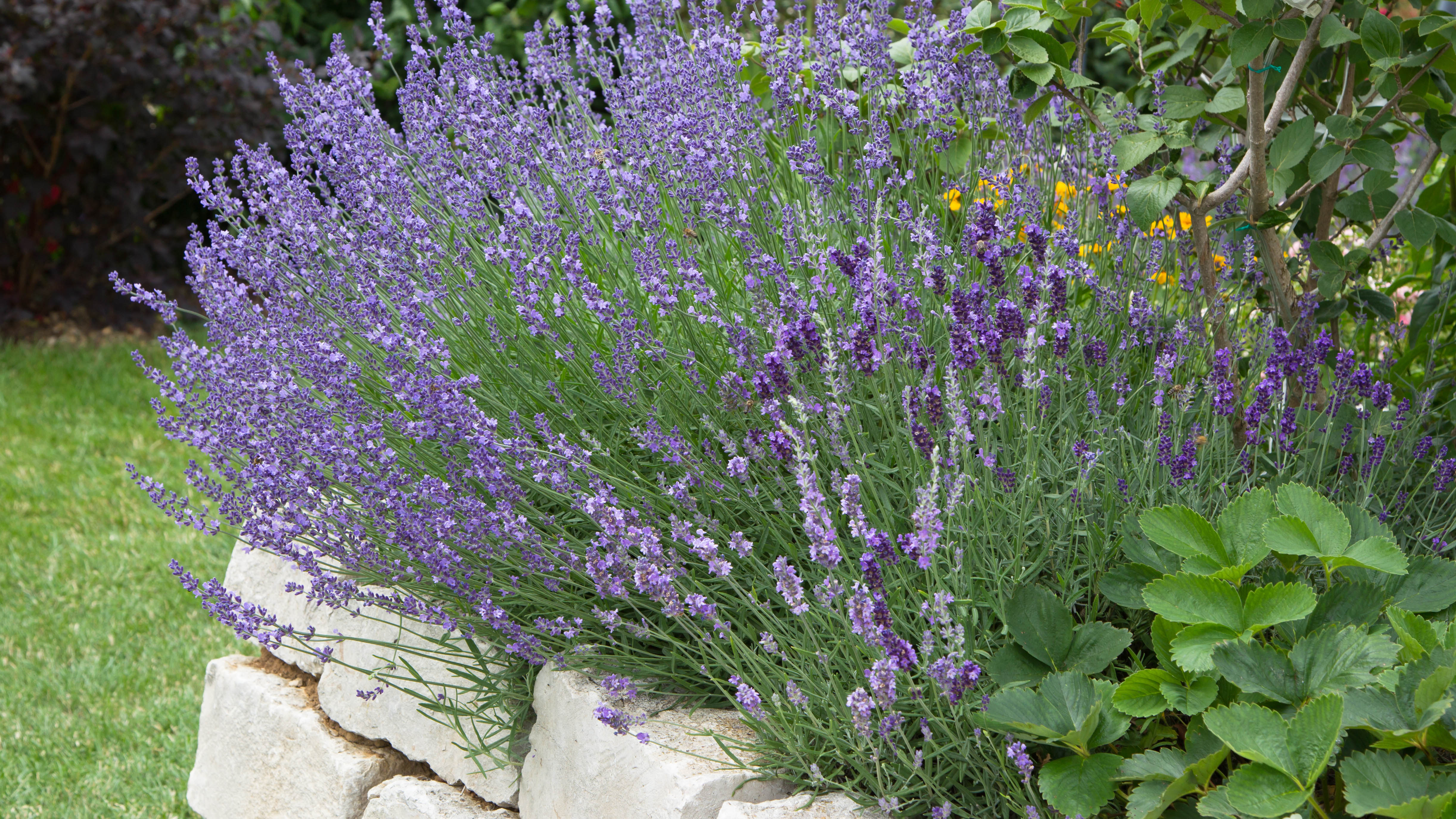
A plant loved by many for its recognizable scent, there are several lavender varieties to choose from. Originally a Mediterranean plant, lavender tends to thrive in warmer climates, but there are varieties that’ll grow well in cooler states too.
Lavender can become quite bushy, and when planted in rows it can be used to form dwarf hedges. It looks beautiful lining a walkway or creating a soft scented boundary between different parts of your garden.
Sign up to get the BEST of Tom's Guide direct to your inbox.
Get instant access to breaking news, the hottest reviews, great deals and helpful tips.
It’s loved by bees and pollinators and is a very easy plant to grow. In late summer, you’ll need to prune it back to avoid woody stems developing. But dried lavender flowers will last well in a vase on your windowsill, adding a bit of winter joy to your home.
Check the variety, but lavenders work best in zones 5-10, avoid very wet or shady areas.
2. Hostas

Famed as a shade-loving plant, hostas have large luscious leaves that make a statement in your flower bed. Depending on the variety you choose the leaves will vary in size and color, from rich verdant greens to vibrant yellow tones, or blue grays. Those with variegated leaves are particularly interesting and bold.
The leaves will add interest throughout the growing period and while hostas tend to be enjoyed for their leaves, they do also flower. But unlike many other flowering perennial plants, the small white or purple flowers that shoot up above the foliage are often not the main reason people grow hostas.
Mature hostas can also be divided in spring, to give additional plants for other areas of your garden or to gift to your neighbors. Hostas can grow in zones 3-9 but most don’t like overly sunny locations, so if you live in a warmer climate, keep them in a shady spot.
Hostas have also made it onto our list of flood tolerant plants and shade tolerant plants, so they’re a great choice for many environments.
3. Hydrangeas
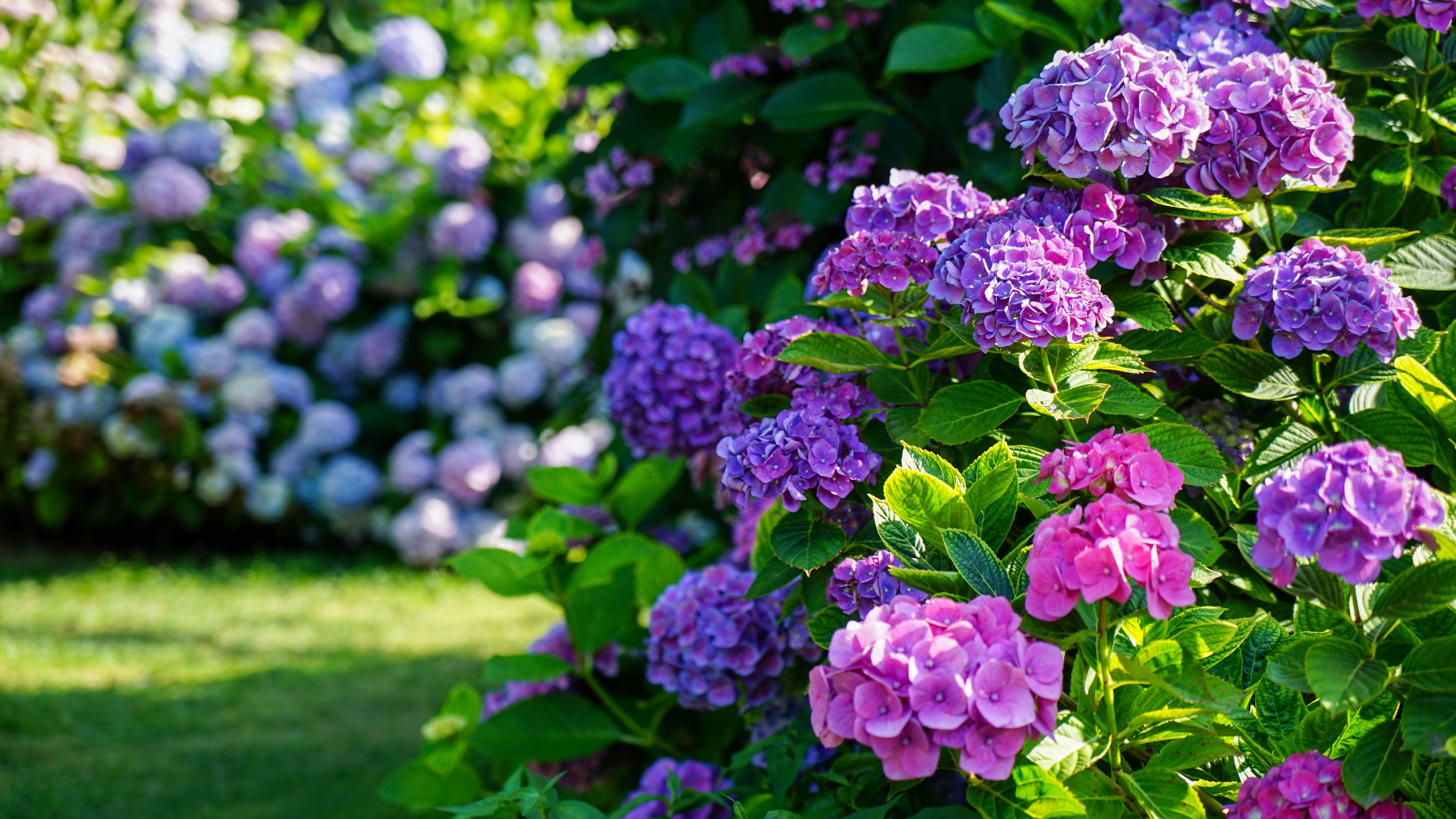
Hydrangeas are such a favorite that they barely need an explanation. They produce beautiful, big blooms that vary in color from white to pinks, and purples, there are even vivid blue varieties. One thing they all have in common is their oversized flower heads that deliver plenty of visual impact, yet somehow remain delicate and elegant.
A hydrangea plant can grow up to 8 feet tall, so plant them behind small bedding plants for color and interest at the back of flower beds. Leave the dead flower heads on until early spring, then trim them off when new leaves start to grow. Read our in-depth guide on how to prune hydrangeas.
Select a variety that suits your climate, hydrangeas can happily grow in zones 3-9 so long as you select the right one for where you live. Hydrangeas love water, so keep them well-watered in the drier months and you’ll be rewarded with long lasting colorful flowers.
Avoid these 5 mistakes when growing hydrangeas.
4. Salvia
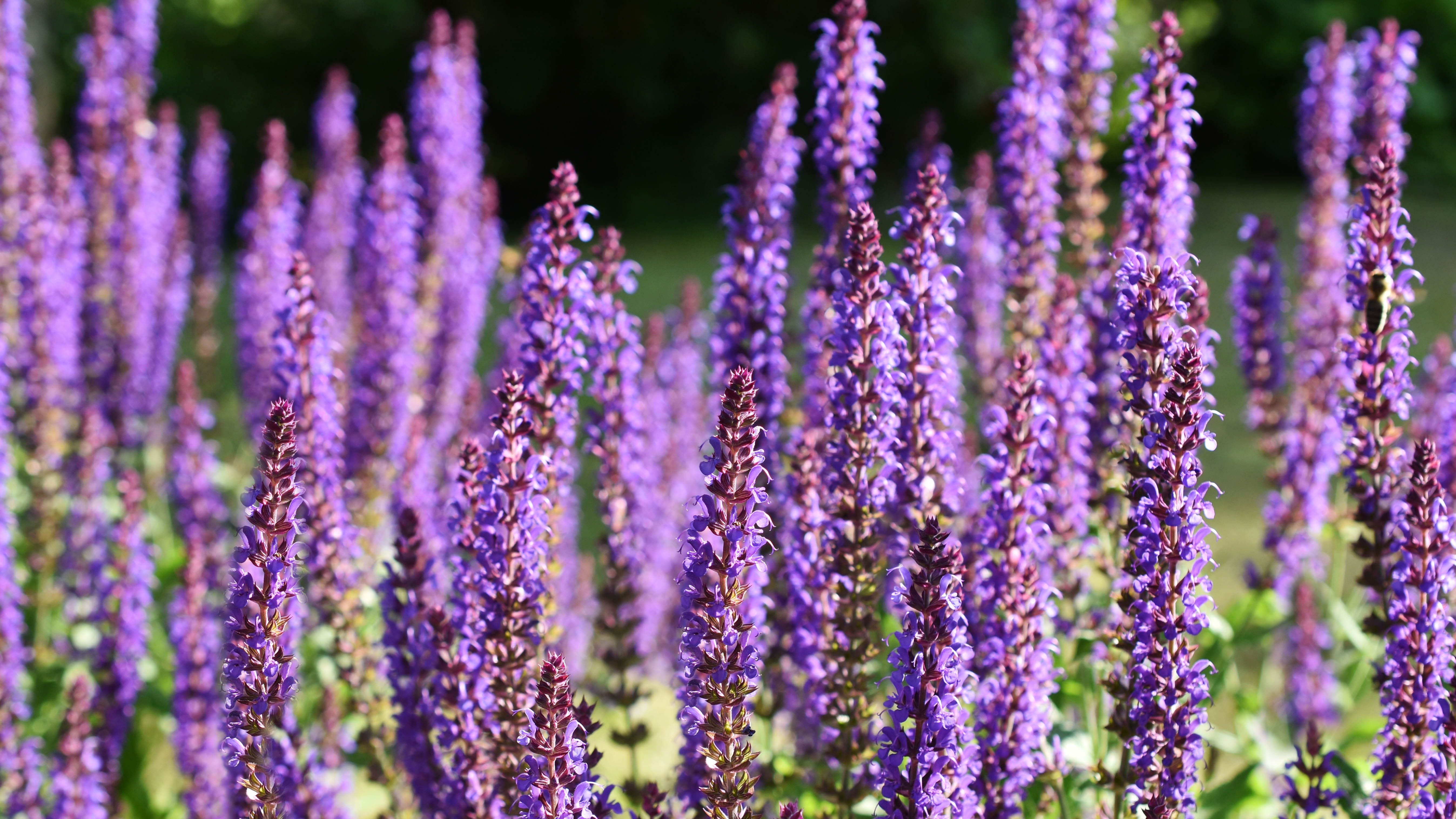
Salvias are a group of plants that all come under the same catch-all name, but can look very different. The color and shape of the flower varies significantly depending on the cultivar. Generally salvias are hardy from zones 4-10 but this will depend on the variety.
One of the best things about salvias is that they flower for extended periods. So unlike other plants that only give you color for a few weeks of the year, some salvias will continue to flower throughout spring, summer and beyond.
Having a plant that gives continued color and interest throughout the growing period means planting salvias is a no-brainer. What’s more, salvia will attract bees and butterflies so your garden will be full of life and color.
5. Peonies
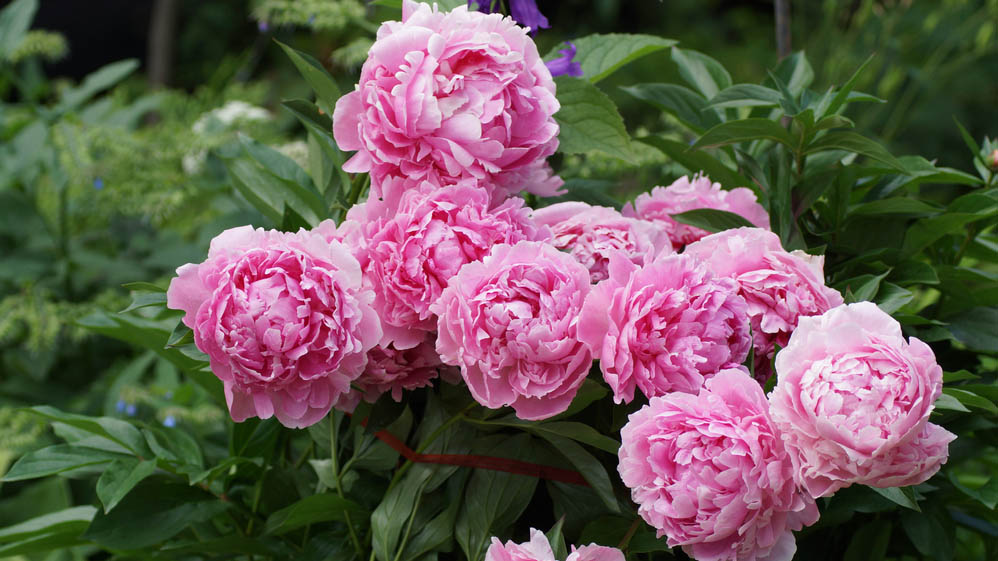
Peonies are a popular perennial plant thanks to the intensely colorful and beautiful flowers they produce. Many people enjoy growing peonies for cut flowers that can be admired indoors. There are so many different colors and varieties you can grow, there’s something for everyone here.
There are varieties available that can grow in USDA zones 3-8, but peonies need to be in a sunny spot with a minimum of six hours of sunshine a day. While peonies produce an Instagram-worthy bloom, they can be temperamental to grow, so probably not the best choice if you’re a very hands-off gardener.
Mature peony plants can reach about 3 feet tall and 3 feet wide, so ensure you leave them plenty of space. And if you notice the stems are struggling to support the flower heads, you may need to give them a helping hand by adding in a support.
6. Lupines
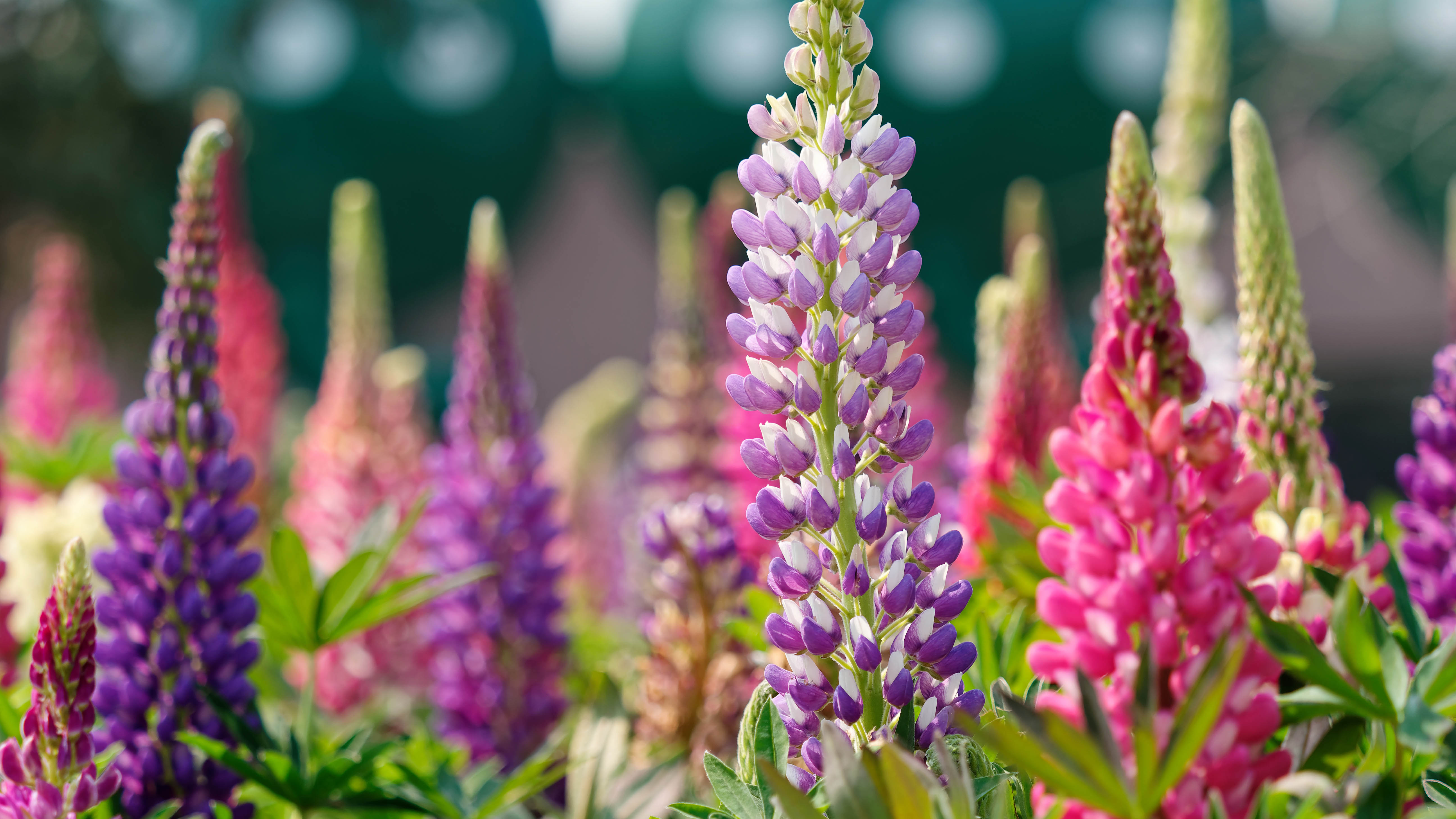
This striking flowering plant can be grown in zones 4-8 depending on the variety and even grow in the wild in some areas. The tall flower spikes come in just about every color you can think of. They look really impactful when several lupines are planted alongside each other, but will work in almost any scheme.
Lupines will die away in winter and come back in spring. Before the flowers make an appearance the star shape leaves provide interest with their unusual shape. But it’s really the flowers that make this such a desirable plant.
The flowers attract bees, butterflies, and pollinators, so they’re an excellent addition to any garden. Make sure to plant lupines in a sunny area, otherwise they may not flower.
7. Alliums
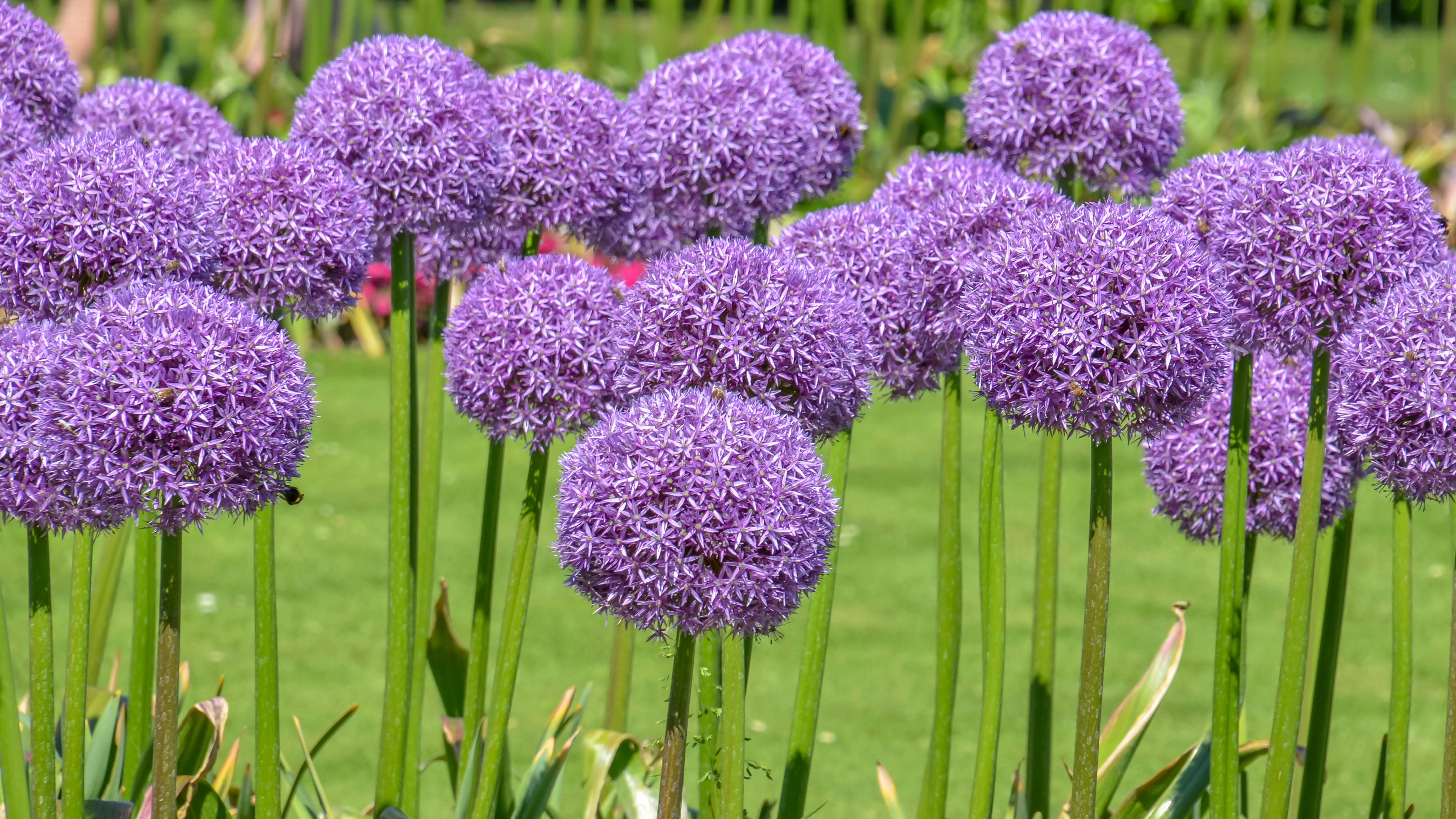
Strictly speaking, alliums are a type of ornamental flowering onion. But don’t let that put you off, they are a worthy addition to a flowing border. The tall stems rise above the foliage to produce large striking globe shaped flowers consisting of lots of tiny flowers.
Allium flowers are commonly shades of purple, but there are white varieties too. The flowers differ in size and shape depending on the variety you choose. They’re planted as a bulb in autumn and the tall architectural flowers begin to appear in spring. Once planted though, they should return every year.
The bulbs can survive winters in USDA zones 3-8. The plants themselves thrive in sunny locations, so avoid planting in shady areas. As an added bonus, they don’t tend to be eaten by deer or rodents.
8. Chrysanthemums
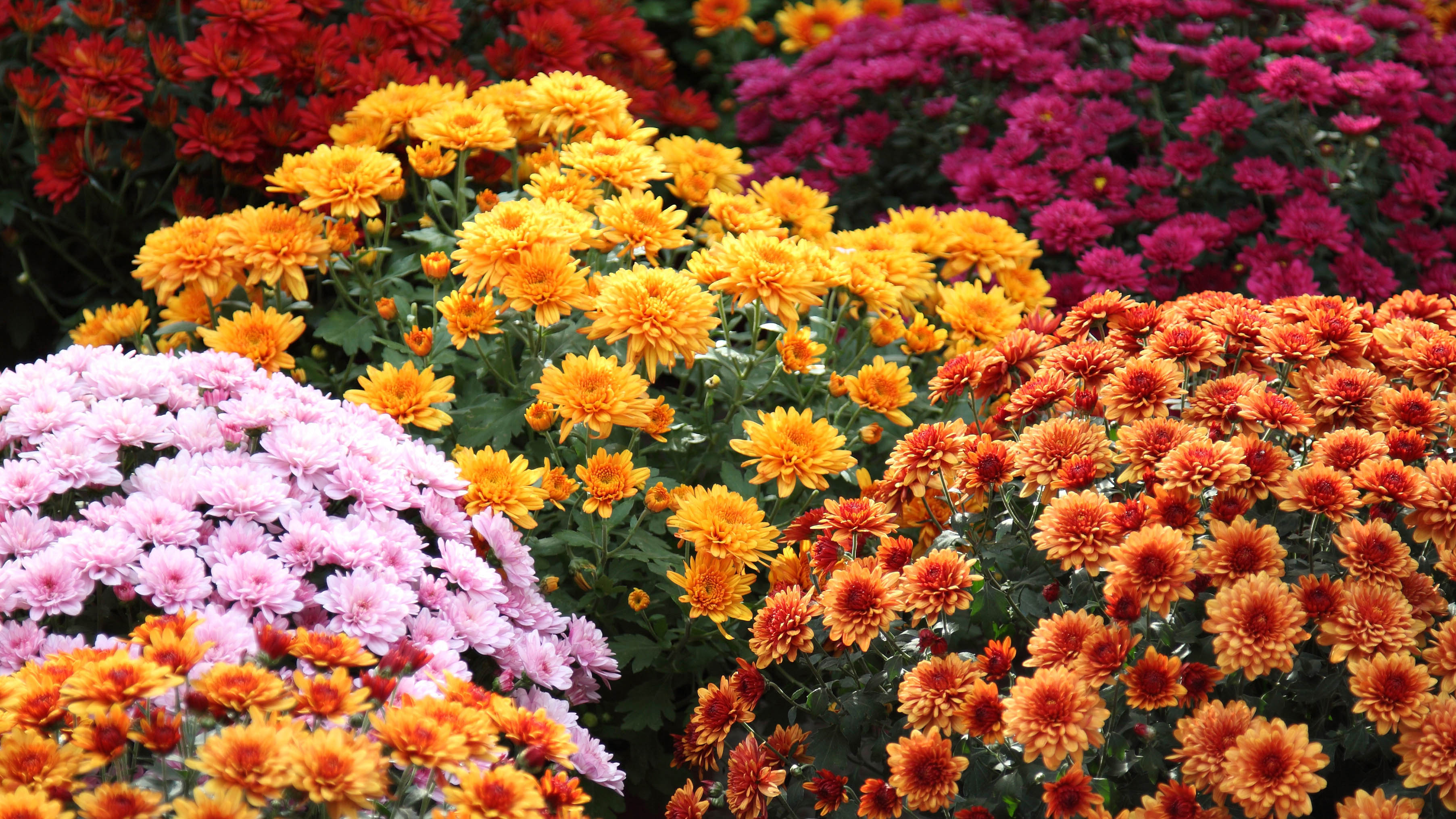
As a common bouquet addition, chrysanthemums can create a beautiful display with ease. There are many species as well as hybrids to choose from, which can result in a ruffled or daisy-like appearance from the flower heads in a great many colors. While hardy, these perennials will need to be planted in the spring to give them enough time to establish themselves before winter hits. Otherwise, the roots likely won’t survive freezing winter conditions.
If you live in a particularly cold climate, you can protect your chrysanthemums by adding a thick layer of mulch to the soil’s surface. You can also pot them up and move them to a more sheltered area away from the frost. Once the foliage dies back after the first frost hits, cut chrysanthemums back to about 4 inches above ground level, but no further. By the springtime, your mums will produce fresh stems and continue growing.
These plants are great for repelling pests too. They’re one of the 7 plants that keep mice and rats from invading your home as well as one of the 9 plants that repel spiders.
9. Creeping phlox

Also known as moss phlox, creeping phlox is an ideal plant for ground cover — that means it grows low and wide to provide a dense layer of coverage on the soil’s surface. This comes in handy for filling in bare patches of soil, protecting it from weeds in the process. Although we’ve actually found 7 uses for ground cover plants. While it spreads at a moderate rate, creeping phlox will take two years to reach maturity, ultimately producing blooms which last for several weeks from late spring. These small and sweet white, purple or pink flowers will congregate to create a dense carpet of color, which can make for a stunning addition to any yard — so they’re worth growing for more reasons than one.
As a perennial, creeping phlox will die back in the winter with some leaves browning, but it will still keep its green foliage. It’s a low-maintenance plant, requiring little attention unless it goes through a dry spell in the summer — in such cases, regular water is needed. Pruning may also be necessary once it’s finished blooming in the spring or in the late winter if you want to control its shape. It’s also a good idea to fertilize this plant in the early spring to encourage fresh growth.
The good news is that moss phlox is non-toxic to cats and dogs as well according to the ASPCA.
More from Tom's Guide
- Here are the 7 best plants to grow on a wall
- And here's 7 best plants for hanging baskets
- 9 plants that can grow on rocks
Helen started reviewing home and kitchen appliances in 2007 at the Good Housekeeping Institute and has never looked back. She’s now freelance and reviews all sorts of appliances from her home in a pretty village in the UK. Despite having reviewed hundreds of coffee machines in her time, she’s only recently developed a love for coffee and a daily coffee habit, which makes tasting all those coffees much more enjoyable!
- Katie MortramHomes Editor

